As you walk through Indiana University’s beautiful Bloomington campus, do you ever wonder who is cool enough to have their name attached to a whole building? If so, you’ve come to the right place! The Old Crescent buildings are named after some of the earliest and key figures here at IU Bloomington.
For those who do not know what the Old Crescent is, it is the area between 3rd Street and Indiana Avenue and includes the oldest structures on our IUB campus. The buildings – Wylie, Owen, Mitchell, Maxwell, Kirkwood, Lindley, Franklin, and Swain Halls, along with the Frances Morgan Swain Student Building, Kirkwood Observatory, Rose Well House, and Sample Gates – form a crescent shape, hence the name.
The land now known as Monroe County was originally home to the Delaware, Potawatomi, Miami, Shawnee, and Eel River Miami tribes. These populations were largely displaced through conflict with white settlers during the nineteenth century, and eventually the Dunn family owned much of the property IU now calls home. After the university experienced several devastating fires at its Seminary Square location south of the courthouse, IU purchased land from the Dunn family as it looked to rebuild and expand in the future.
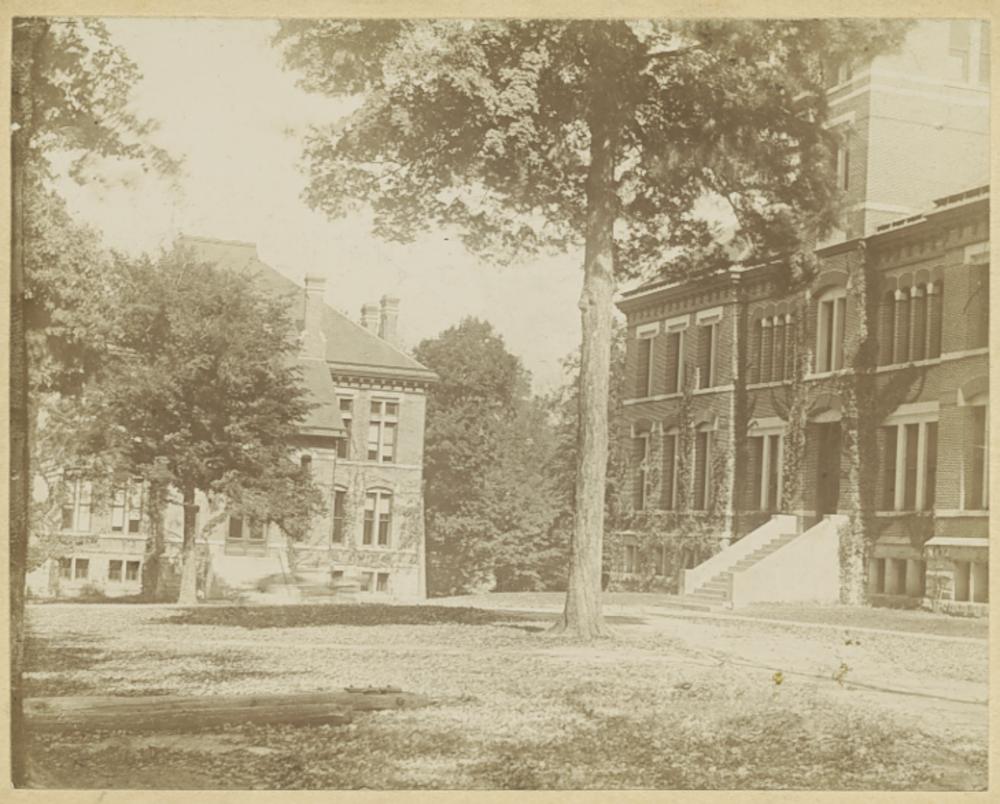
The first two buildings on the current campus were Wylie Hall (1884) and Owen Hall (1884). The first is named after Andrew Wylie, IU’s first president, and longtime professor Theophilus A. Wylie (who also happened to be President Wylie’s cousin!). Owen Hall is named for Richard Owen, a geology professor and Indiana’s second State Geologist.

Dunn Meadow/Woods – The Dunn family owned the land that would become Dunn Meadow, Dunn’s Woods, and the Dunn Cemetery (though only the Woods are considered part of the Old Crescent). They were farmers who allowed IU to purchase their land to expand the campus.

Rose Well House (1908) – Have a lover you want to smooch under the midnight moon? Rose Well House has you covered! This popular kissing spot was originally constructed to address a more basic kind of thirst – as a functioning well, it provided relief to Bloomington residents during times of drought. The structure is named after alumnus, banker, and Board of Trustees chair Theodore Rose, who helped design the house with arches salvaged from the Old College Building at IU’s original Seminary Square campus.
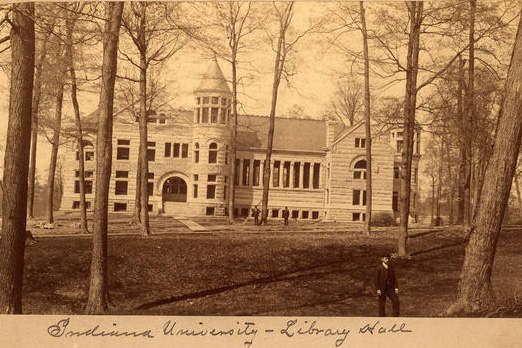
Maxwell Hall (1890) – Originally Library Hall, Maxwell Hall is named after David Henry Maxwell. Also known as the “Father of IU,” Maxwell petitioned the state for the establishment of the state seminary (1820) that would transform into the university we known today. He served as a trustee for decades, and his son followed in his footsteps.
The Frances Morgan Swain Student Building (1906) is one of the few Bloomington campus buildings named after a woman. Frances Morgan Swain, wife of President Joseph Swain, had hoped for a Women’s building to draw in female students and create an environment for them to thrive. In soliciting John D. Rockefeller, Jr., for financial support, however, he agreed to match $50,000 only if the building served all of IU’s students.
Fun fact, or maybe a not-so-fun fact, in 1990 the student building clock tower burned down and took several of the original bells with it. Reconstruction however began right away, which included forging eleven new bells. A bonus fun fact for when you have a class in room 015 — Take a deep inhale and see if you can get a whiff of chlorine since that room used to house the women’s swimming pool!
Sample Gates (1987) – Sorry to burst some bubbles, but the rumors of the Sample Gates name coming from there only being a sample of what was supposed to be an elaborate gate, is not true. The name comes from Edson Sample’s parents, Kimsey Sample Sr. and Louise Sample. Edson was the director of financial aid and scholarships and had huge ambitions for a welcoming gate to the university. At the time there was significant opposition to this plan, and construction was postponed for a while, but the project moved forward to become one of our campus’s most iconic structures.

Franklin Hall (1907) – Maxwell Hall’s library was filled to capacity, and IU was in the need of more library space. President Bryan wanted a state-of-the-art library and made sure it was done right. This was the largest building in the Old Crescent at the time, and another wing added was in the 1930s. The purpose of the building was later changed to Student Services, and eventually named after Joseph Amos Franklin, an alumnus, treasurer, and Vice President at Indiana University.
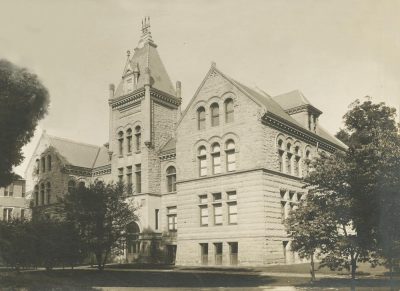
Kirkwood Hall (1894) and Kirkwood Observatory (1900) – Named in honor of longtime mathematics professor Daniel Kirkwood. Kirkwood was also a well respected astronomer and made a major contribution to the field with his Kirkwood Gaps discovery.
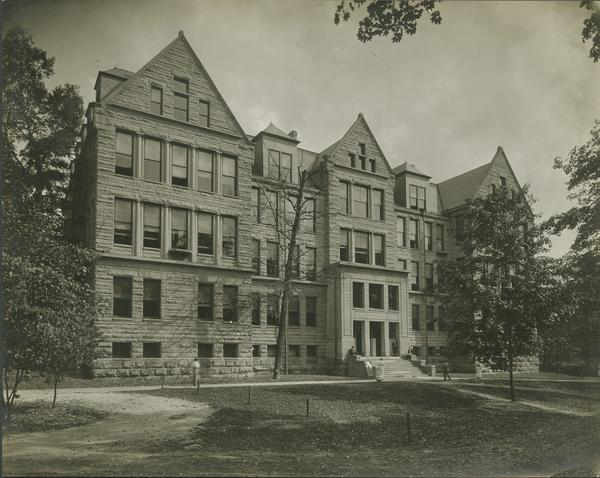
Lindley Hall (1902) – Originally named Science Hall and housing – you guessed it – IU’s science facilities, there was a lot of love and detail put into the construction of this building. It was the most expensive building at IU when it was built in 1902 — vibration free, fireproof, temperature controlled, and constructed from state of the art heavy steel. Over they years, it has housed many department and schools, including the School of Medicine, the School of Education, and the departments of Physics, Philosophy, Geology, Geography, and Psychology. Lindley Hall is a very versatile building, named for a very versatile man. Ernest Lindley was a professor and chair of the Department of Philosophy/Psychology, president of University of Idaho and chancellor of University of Kansas. Lindley was a Hoosier at heart: he was a Bloomington native, an IU graduate, and a longtime professor who also aided in the creation of IU’s alma mater, rhyming “frangipana” with “gloriana” and “Indiana”.
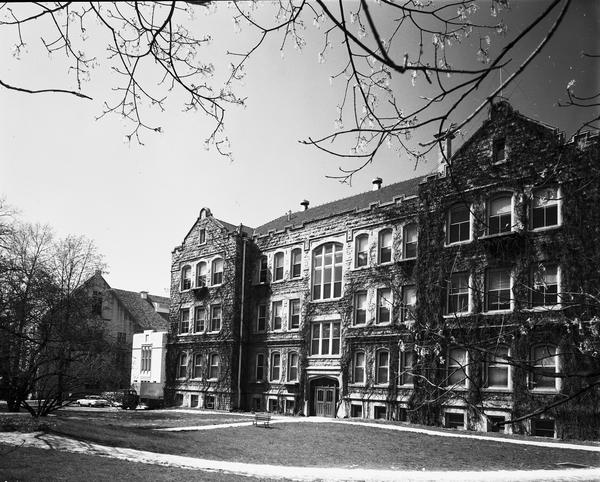
Swain Hall East (1910) – was originally Biology Hall and is oftentimes called the “Home of IU Laureates” for being the place of research for many Nobel Prize winning researchers. Swain Hall is named for Joseph Swain, professor of mathematics and IU’s ninth president.
That’s all for now, folks! Much of this information was pulled from Indiana University Bloomington: America’s Legacy Campus by IU Vice President Emeritus J. Terry Clapacs with Susan Moke and the University Archives’ very own Dina Kellams and Carrie Schwier. The book gives thorough descriptions of IUB’s architecture, including photos and tons of fun facts! A new updated edition will be available through the IU Press in September!
2 Comments
So interesting that this was built years before the first bulldozer was invented. And everyone else was living out of matchstick houses. Guess they leveled things with oxen and plowshares, used block and tackle, carried this stone in wagons pulled by mules in mud streets. Just sayin: how incredibly beautiful.
Great, what a informative blog